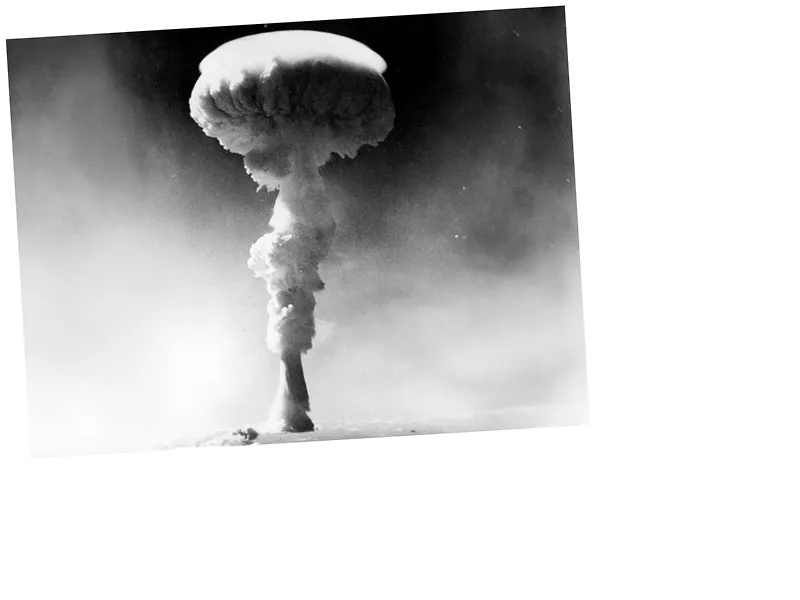China’s Nuclear Submarine Sinking Sparks Controversy and Concerns
In a shocking revelation, U.S. defense officials reported that China’s newest nuclear-powered submarine, the first of the Zhou-class, sank at a shipyard earlier this year. This incident, initially reported by the Wall Street Journal, has raised significant concerns about the accountability and manufacturing standards within the Chinese Navy. Satellite images captured by Maxar Technologies reveal unusual activity at the Wuhan shipyard, where large cranes were seen recovering the submerged submarine. The Chinese Navy's attempt to cover up this loss highlights the challenges facing China's military modernization efforts.
The Zhou-class submarine, designed with a distinctive X-shaped stern for improved maneuverability, was supposed to bolster China’s naval capabilities. However, the sinking of this submarine raises critical questions about the oversight of China's defense industry, which has been plagued by corruption. A senior U.S. defense official remarked, "It is not surprising that the PLA Navy is trying to cover up the fact that its new nuclear-powered attack submarine sank at the dock." As China seeks to modernize its fleet, which currently consists of many smaller ships, this incident is seen as a significant setback.
Implications for Global Naval Power Dynamics
The incident comes at a time when the United States and Britain are collaborating with Australia to supply nuclear-powered submarines, a move criticized by Beijing as a strategic counter to China's military ambitions in the Asia-Pacific region. The U.S. Navy currently operates a larger fleet of nuclear submarines, totaling 53 fast-attack submarines, 14 ballistic missile submarines, and four guided missile submarines, compared to China's six nuclear-powered attack submarines and six ballistic missile submarines.
Despite the setback, China is expected to increase its submarine fleet significantly, with projections suggesting it will have 65 submarines by 2025 and 80 by 2035. This growth is attributed to China's expanding submarine-building capacity, as the PLA Navy aims to become a world-class military force. The recent incident underscores the complexities and challenges within China’s naval modernization efforts and raises questions about the potential implications for global naval power dynamics.





